Fluffy Buds? No Thanks: A Helpful Guide to Growing Dense and Sticky Cannabis
 (1).png)
To produce high-quality buds, growing cannabis requires meticulous attention to detail, despite it being a rewarding and enjoyable experience. One common problem that can arise is the development of fluffy weed buds, which can impact the potency, safety, and overall enjoyment of the product.
Fluffy buds may not be fully developed, resulting in a less potent and desirable product. Additionally, their less dense structure can make them more susceptible to mold and other forms of contamination, potentially putting consumers at risk.
Furthermore, fluffy buds may not burn as well as denser buds, leading to a less enjoyable smoking or vaping experience. As such, it is important for growers to understand the causes and consequences of fluffy buds and to take steps to prevent them from occurring. In this article, we will explore the various factors that can contribute to the development of fluffy buds and discuss strategies for producing high-quality cannabis.
Read Also: 15 Ways to Increase Your Cannabis Yield
Fluffy Buds vs. Dense Buds: What's the Difference?
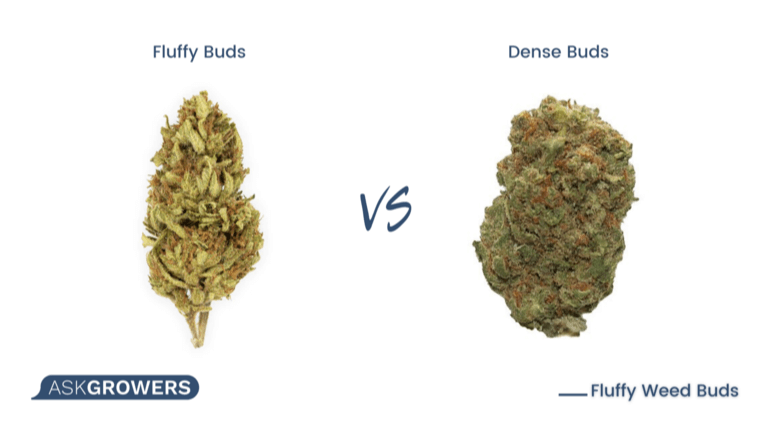
When it comes to cultivating, you must check the marijuana buds’ quality; it is of utmost importance. The potency, flavor, aroma, and texture of the buds can greatly affect the overall experience of consuming cannabis. Additionally, the quality of dense weed can also impact the safety of the product, as fluffy or moldy buds can pose health risks to consumers.
Fluffy weed is often characterized by a light and airy texture. It can be less potent than dense cannabis and may not provide the same level of flavor or aroma. Fluffy marijuana buds are often a result of various environmental factors during the growth phase of the plant. These factors may include inadequate lighting, poor air circulation, or insufficient nutrients.
On the other hand, dense weed typically has plump and heavy buds with a compact structure. These nugs are often more potent and flavorful, providing a better smoking or vaping experience. There are several reasons why buds can be dense, including genetics, optimal growing conditions, and proper trimming and curing.
Read Also: Cannabis Deficiencies: Symptoms and Solutions
Genetics
The genetic makeup of cannabis plants plays a crucial role in the overall appearance and quality of the buds they produce. Different strains of cannabis are known to have distinct physical characteristics, including the shape and texture of their buds. While some naturally tend to produce denser and heavier buds, others produce buds that are lighter and airier. For example, Sativa strains are known for their tall and thin plants and tend to produce fluffier buds that are less dense than their Indica counterparts. In contrast, Indica strains are generally shorter and bushier and tend to bring out denser buds.
Growing Conditions
Another factor that affects the emergence of airy buds is inappropriate growing conditions. The amount of light and air circulation, as well as the nutrients that the plant receives, are essential if you want to grow healthy and dense nugs.
Cannabis flowers require a specific amount of light to photosynthesize and produce energy for growth. Insufficient lighting can result in poor bud development, which can lead to a fluffier texture. Proper airflow helps to prevent mold and mildew growth, which can cause buds to become fluffy and lower their overall quality. Growers must ensure that their plants are receiving enough air circulation by maintaining proper ventilation in their grow rooms or tents.
Also, providing marijuana seeds with the proper nutrients, including nitrogen, phosphorus, and potassium, can help to boost the plant's overall growth and bud density. However, providing too many nutrients or the wrong type of nutrients can also result in fluffy buds, as the plant may focus its energy on foliage growth rather than bud development.
Trimming and Curing
Trimming and curing are essential post-harvest practices that play a crucial role in the overall quality and density of cannabis buds. Proper trimming involves the removal of excess foliage from the plant, allowing it to focus its energy on producing denser buds. This is because the plant will not have to allocate resources to the foliage, which can lead to puffy buds. By trimming off the excess leaves, growers can promote more significant bud growth, resulting in denser and heavier nugs.
Curing can take anywhere from one to three weeks, depending on the environmental conditions and the desired final product. The process involves hanging the buds upside down in a dark, cool, dry place and allowing them to dry slowly over time. This allows the buds to retain their flavor and potency while also developing a denser texture.
Here are the main characteristics of fluffy and dense buds in a nutshell:
| Characteristics | Fluffy Buds | Dense Buds |
|---|---|---|
| Texture | Light and airy | Plump and heavy |
| Potency | Less potent | More potent |
| Flavor/Aroma | Less pronounced | More pronounced |
| Susceptibility to Mold | Higher | Lower |
| Burnability | May not burn well | Burn evenly |
Airy Buds No More: Tips for Avoiding Sparse Cannabis Harvests
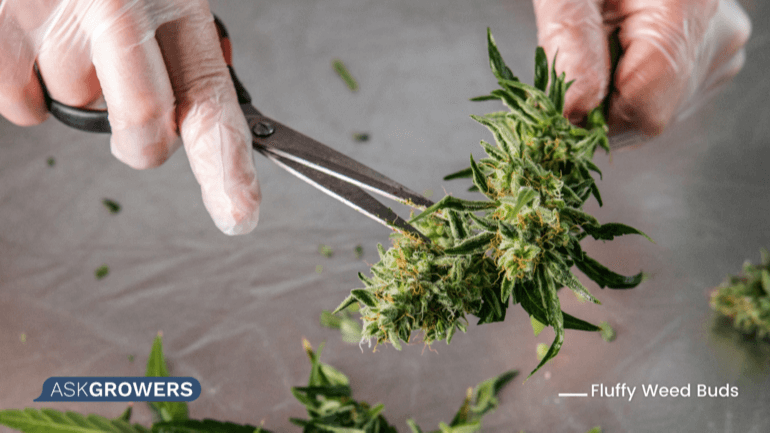
Airy buds are a common problem that arises from undue stress on the plant during its growth stage. To prevent this, it's crucial to provide a spacious container for the plant to grow and develop healthy roots. A small container or limited growth space can stunt root growth, causing a deficiency in water and nutrients and leading to underdeveloped plants with loose weed.
Read Also: How to Plant Marijuana Seeds: Secrets and Recommendations
Hence, effective management of your grow room and its conditions is critical to producing high-quality cannabis. While outdoor growers may have limited options to adjust environmental conditions during a heatwave, indoor growers generally have more flexibility to make adjustments. By carefully monitoring and adjusting factors such as lighting, humidity, temperature, and air circulation, indoor growers can optimize their growing conditions for dense and potent buds.
After harvesting marijuana buds, they should be dried slowly in a cool and dry environment to prevent over-drying, which can lead to crumbly and airy buds. The ideal temperature for drying cannabis buds is around 60–70°F with a relative humidity level of 45–55%. Too much heat or humidity can cause the buds to dry out too quickly, resulting in crumbly, airy buds that lack potency and flavor. To prevent over-drying, it's best to use a drying rack or to hang the buds upside down in a well-ventilated and cool room, avoiding direct sunlight or hot temperatures.
After the drying process, growers might find some healing techniques helpful. Curing the plant in an airtight container is essential to prevent airy buds after drying. This allows the nugs to continue developing their potency and flavor by breaking down the remaining chlorophyll and improving their overall texture. During curing, growers should burp the container regularly to release any excess moisture and to prevent mold growth.
Here is a helpful memo to avoid fluffy nugs:
-
Provide proper lighting, air circulation, and nutrients to promote healthy and dense bud growth.
-
Monitor humidity levels during the drying process to avoid over-drying.
-
Trim excess foliage to allow the plant to focus its energy on bud growth, resulting in denser nugs.
-
Avoid harvesting too early or too late, as both can lead to sparse, airy buds.
-
Consider using techniques like topping, pruning, and training to encourage dense bud growth.
-
Regularly inspect plants for signs of stress or nutrient deficiencies that could lead to airy buds.
How to Make Fluffy Buds Hard: Fixing Advice
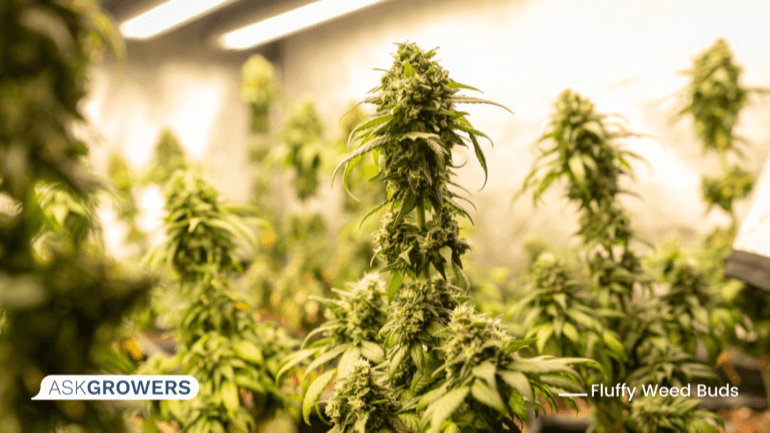
While preventing airy buds is preferable, there are still steps that growers can take to salvage a harvest that has already produced puffy and airy nugs. If “does bud go bad” monitoring has shown puffy nugs already grown, there are a few steps that growers can take to salvage the harvest.
Extend the Growing Period
If the buds are still in the vegetative stage, extending the growing period can give the buds more time to develop and become denser. This can be done by adjusting the light cycle or delaying the harvest.
Adjust Environmental Conditions During the Flowering Stage
During the flowering stage, providing the plant with optimal lighting, temperature, and humidity conditions can help promote denser bud growth. Additionally, providing adequate nutrients and avoiding over-fertilization can help prevent airy buds.
Consider Extraction Methods
If you still get airy buds after drying that lack potency for smoking or vaping, they may still be useful for extraction purposes. Concentrates like hash or oil can be made from less-dense buds, providing a way to salvage the harvest.
Read Also: Best Online Seed Banks to Buy Weed Seeds: Comprehensive Reviews and Buying Tips
Expert Forums on Prevention and Management of Fluffy Buds
Dive into our meticulously curated selection of forums where seasoned growers and enthusiasts gather to unravel the mystery of fluffy buds. These discussions are goldmines of knowledge, offering a platform to explore what to do with fluffy buds and how to prevent them, ensuring your cannabis plants achieve their full potential. Whether you're aiming to enhance the density of your buds or seeking advice on adjusting your cultivation techniques, these forums provide an array of perspectives and solutions.
GrowWeedEasy Forum - Fluffy Buds: This forum thread offers a comprehensive discussion on the causes and solutions for fluffy buds in cannabis cultivation. Growers share their personal experiences, troubleshooting tips, and adjustments in lighting, nutrients, and environmental controls that have led to denser bud development. It's a supportive space for both new and experienced cultivators seeking to improve the quality of their harvest.
Homegrown Cannabis Co. Community - Why Are My Buds So Light and Fluffy?:In this community thread, growers delve into the reasons behind light and fluffy cannabis buds, discussing everything from genetics to grow conditions. The conversation is enriched with advice on how to potentially counteract these factors, including adjustments in lighting intensity and nutrient management. It’s a great resource for understanding the multifaceted nature of bud development.
Rollitup - Why Are My Buds Extremely Light and Fluffy?: This discussion thread tackles the common concern of extremely light and fluffy buds, with growers sharing insights into potential causes such as lighting issues, humidity levels, and improper feeding schedules. The community offers a variety of perspectives and remedies that can help in adjusting cultivation practices for better outcomes.
Grasscity Forums - Dense Bud vs. Fluffy Bud: This thread explores the debate between dense and fluffy buds, discussing the characteristics, advantages, and preferences of each. Participants share their preferences and experiences, along with tips on how to achieve the desired bud structure through specific cultivation techniques. It’s an engaging discussion for anyone looking to tailor their growing methods to produce their preferred type of bud.
Conclusion
Growing dense and sticky cannabis requires attention to detail, patience, and proper cultivation techniques. By selecting the right strains, providing optimal growing conditions, and properly trimming and curing methods, you can enjoy a high-quality weed harvest with dense, resinous nugs that provide a potent and enjoyable smoking or vaping experience.

 Growing
Growing
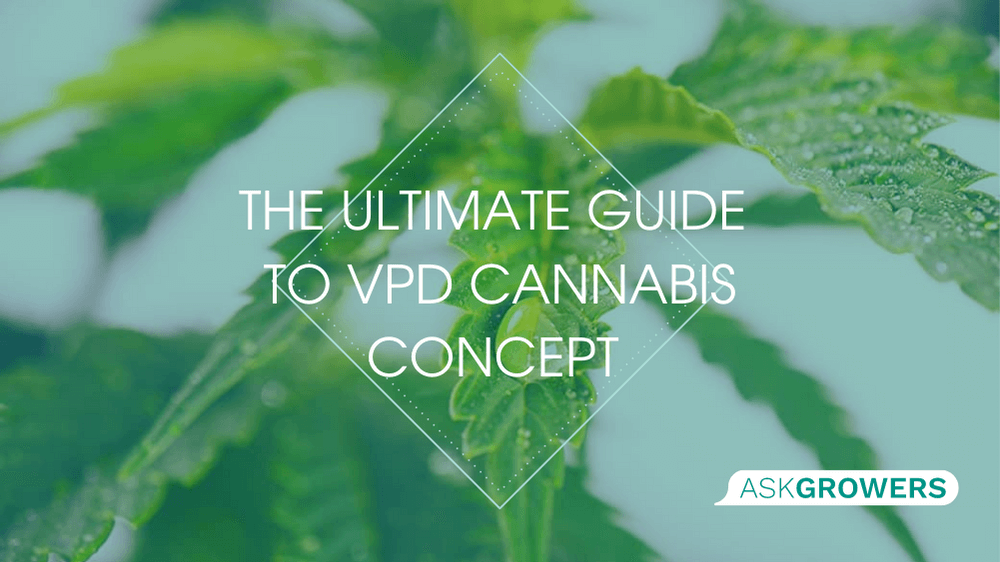
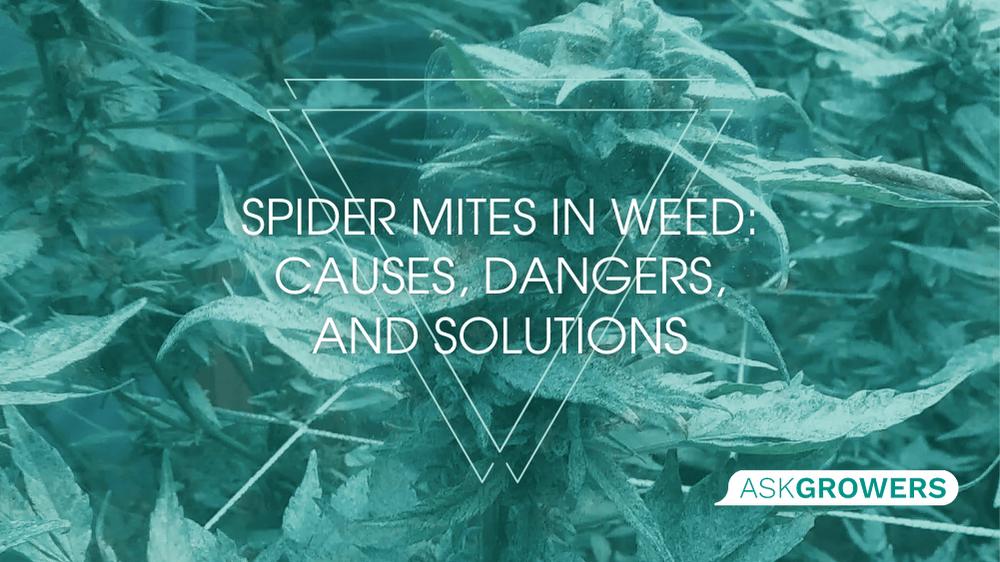
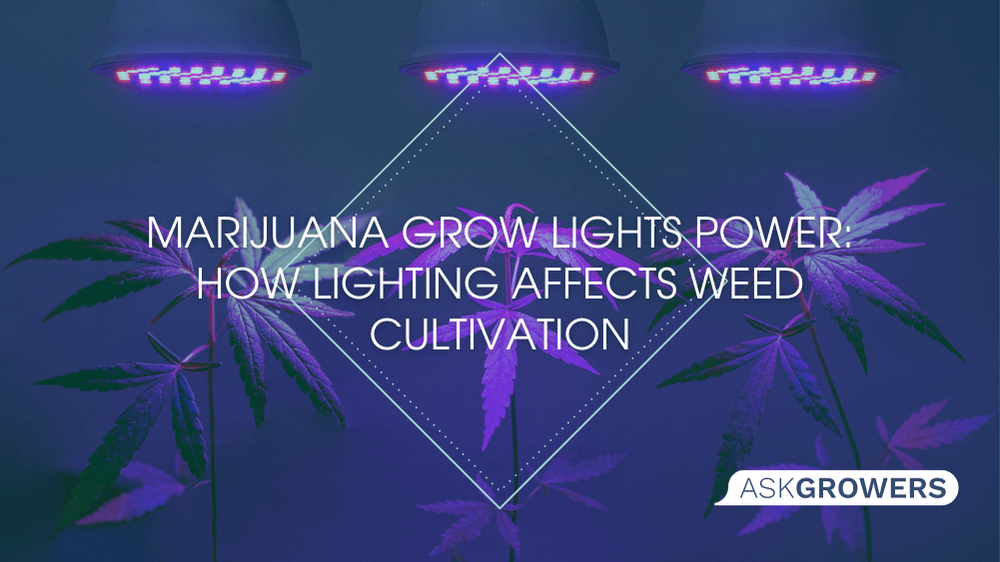
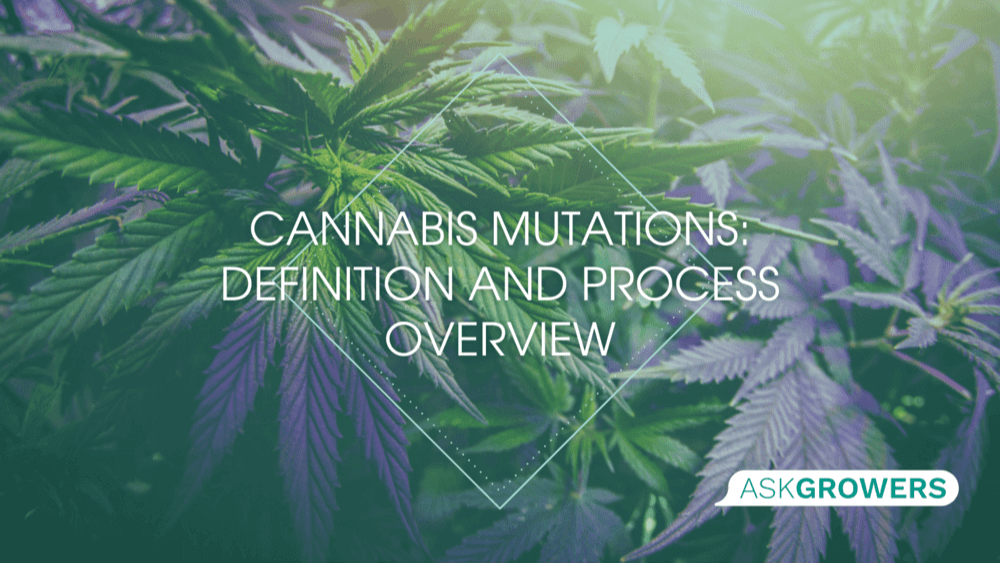
.png)
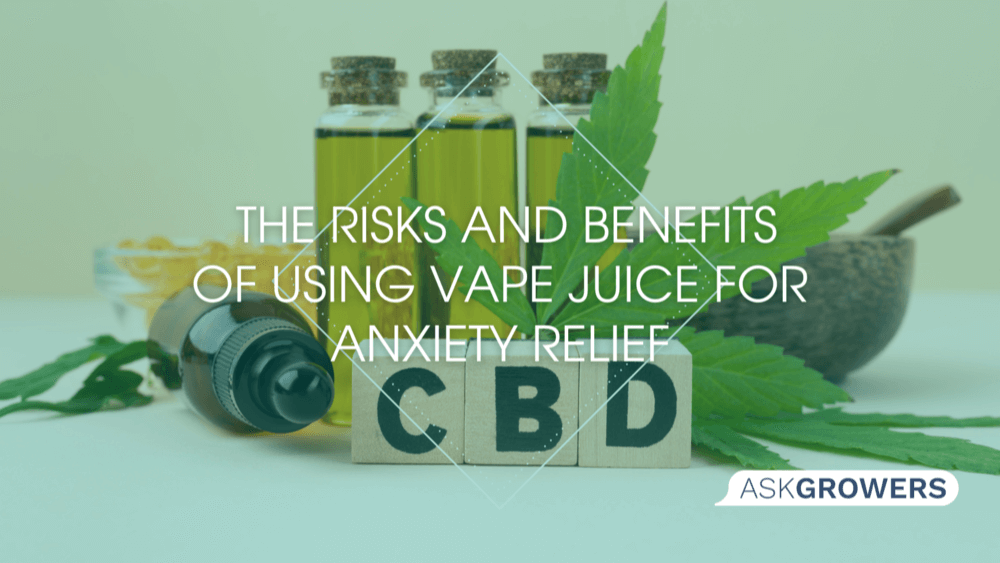
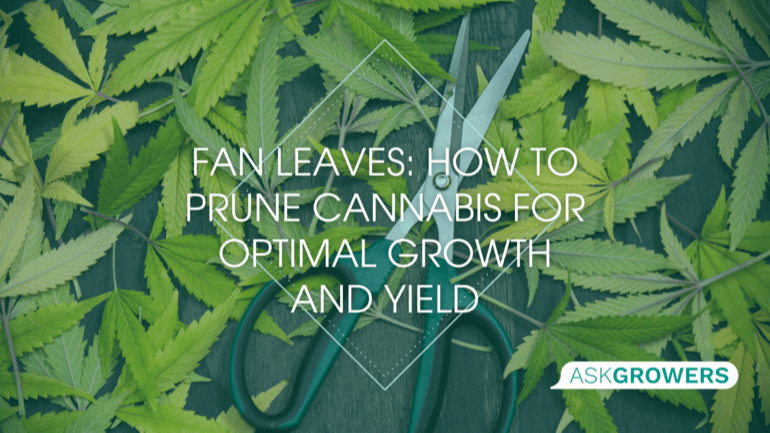
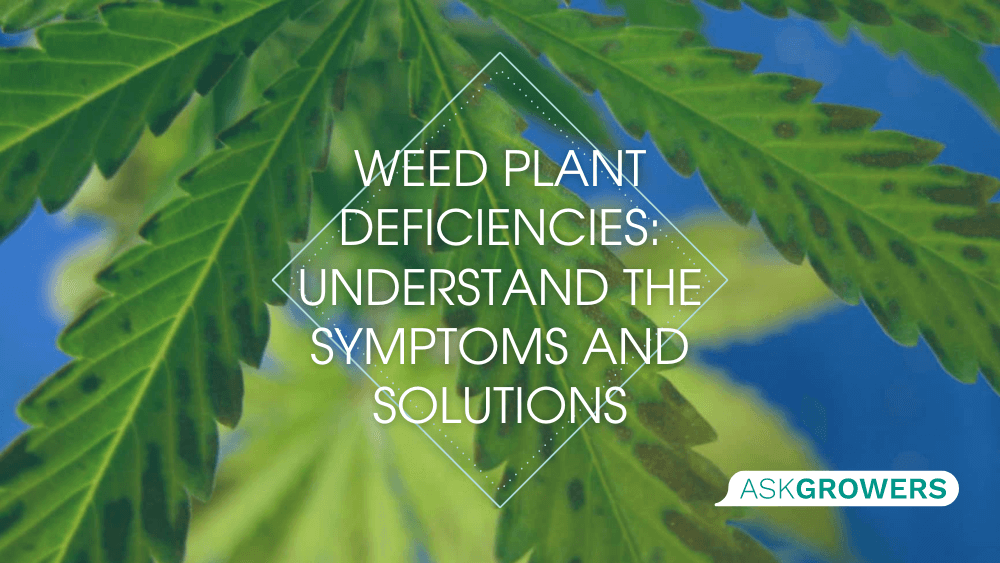
.jpg)
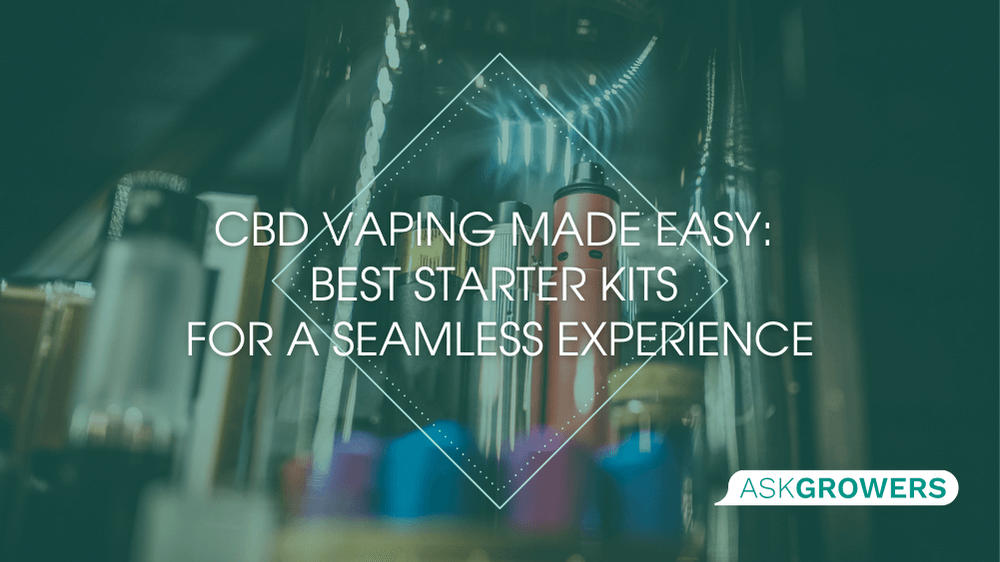
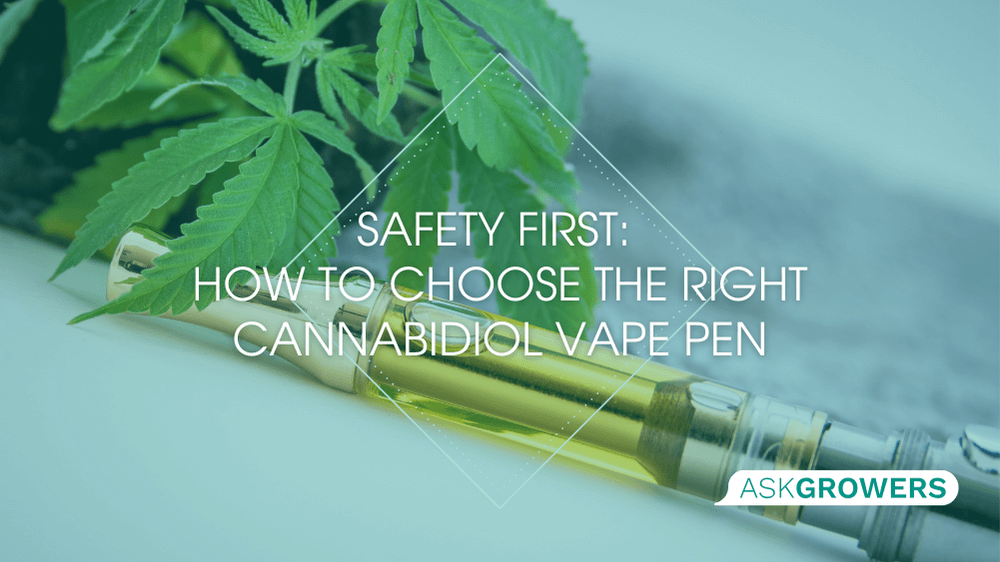
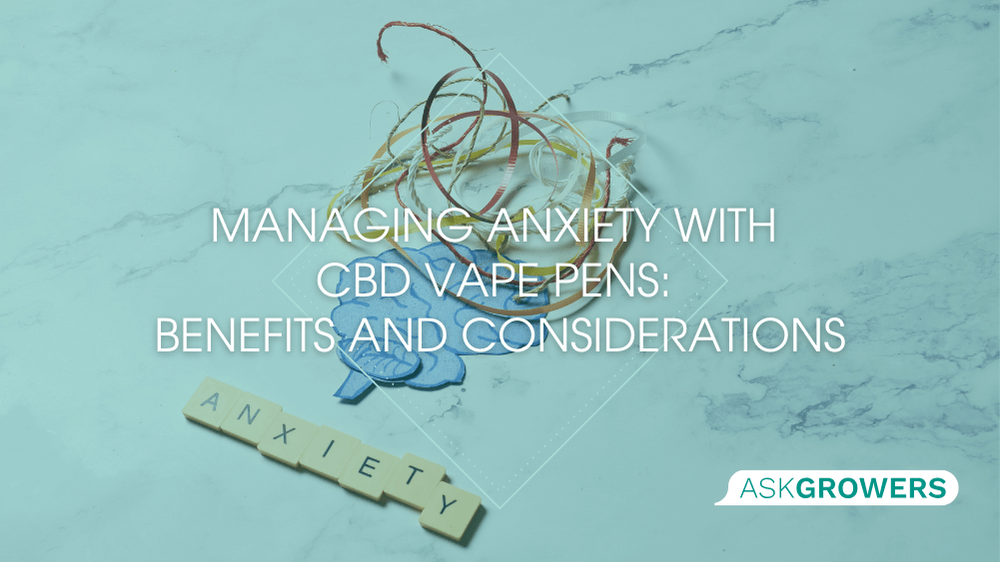
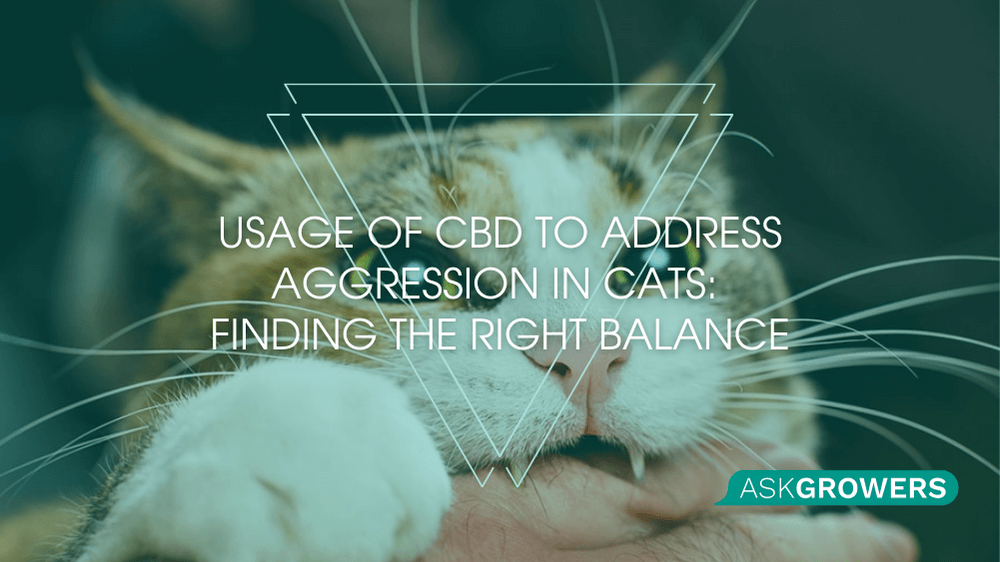
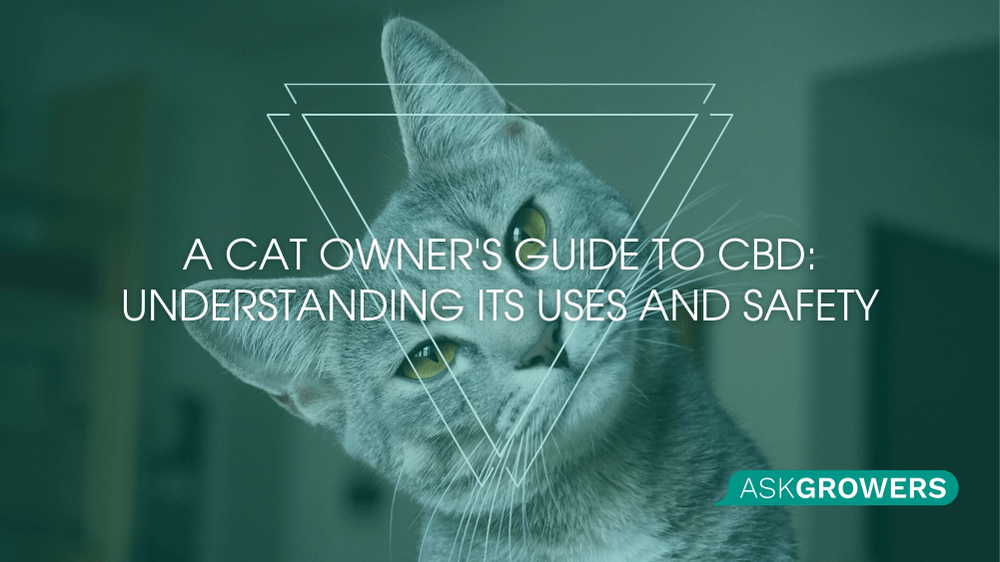
Be the first and share your opinion
Write a Review